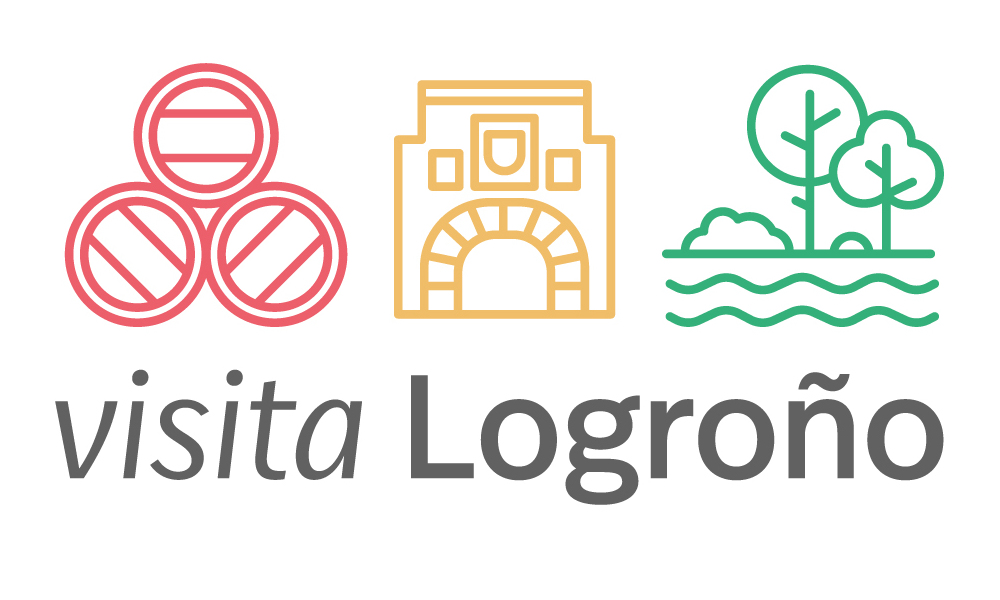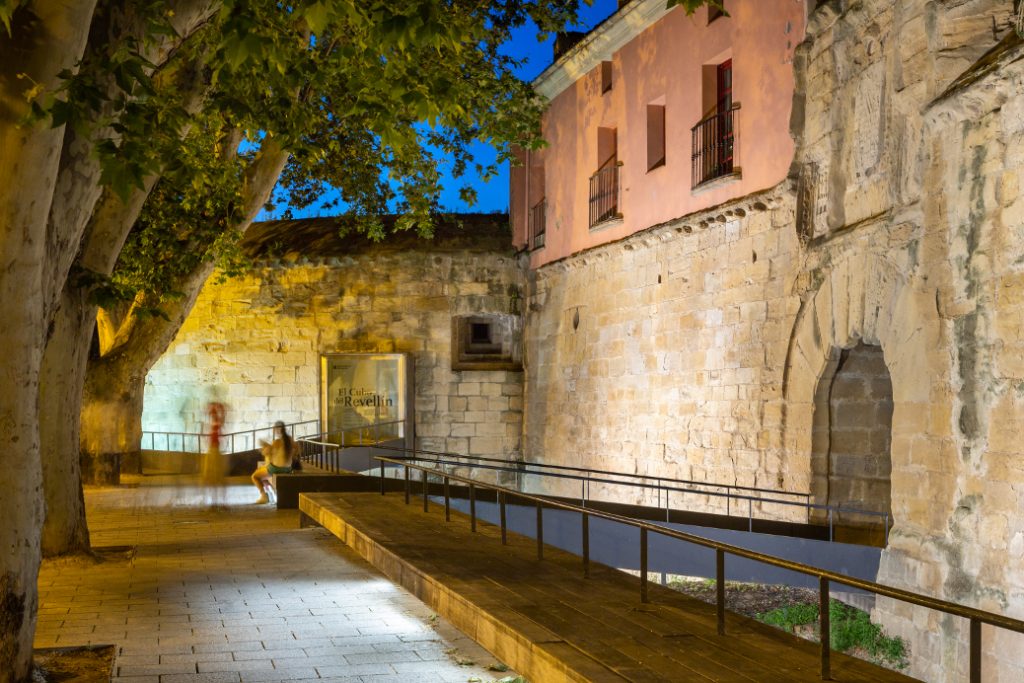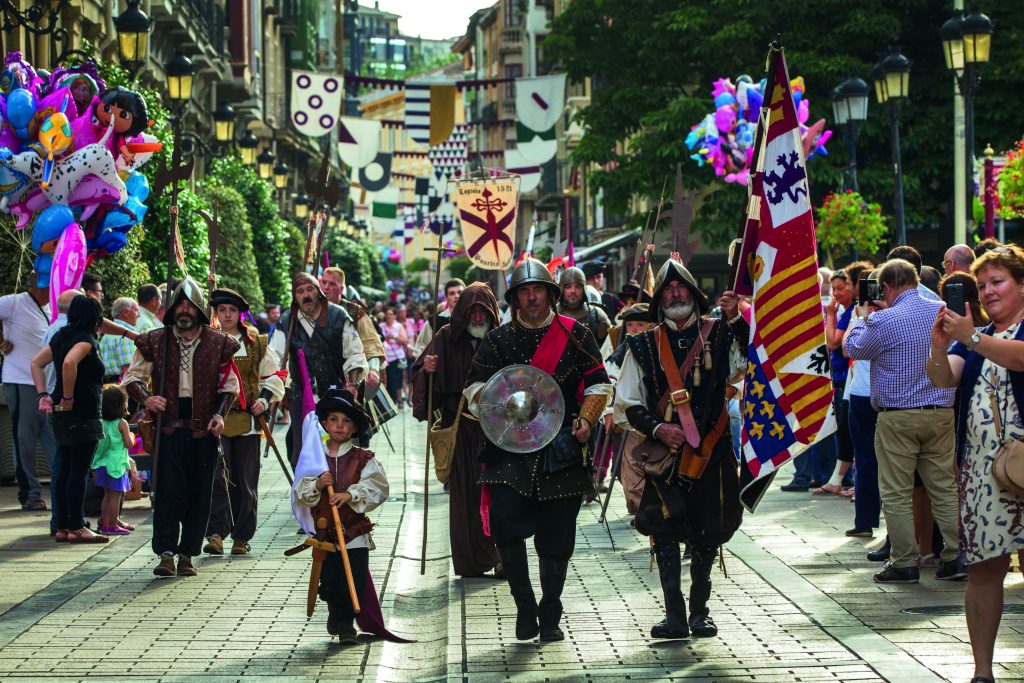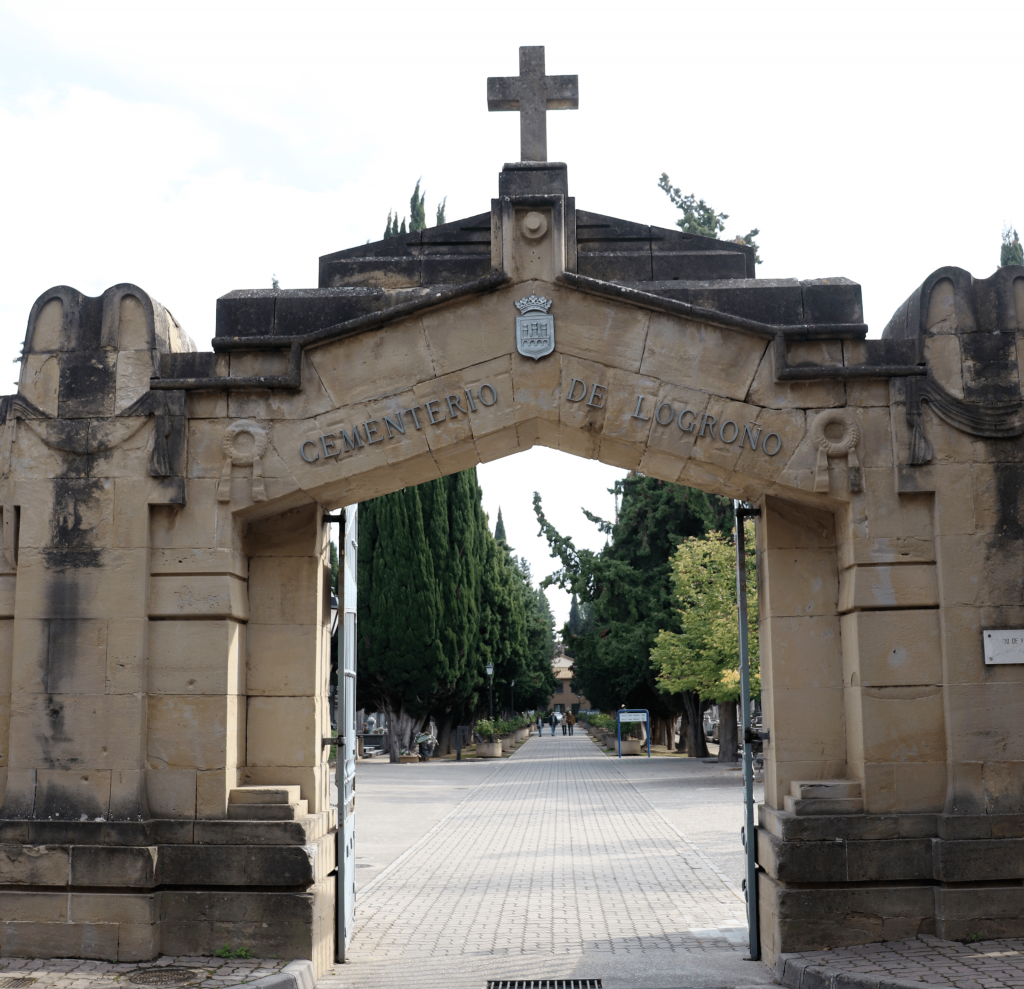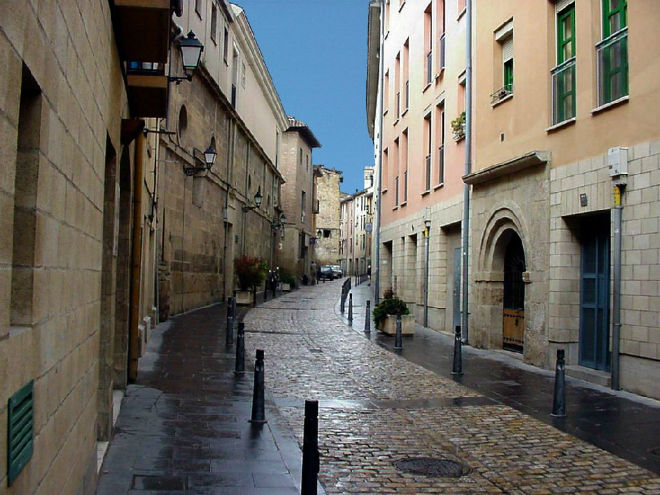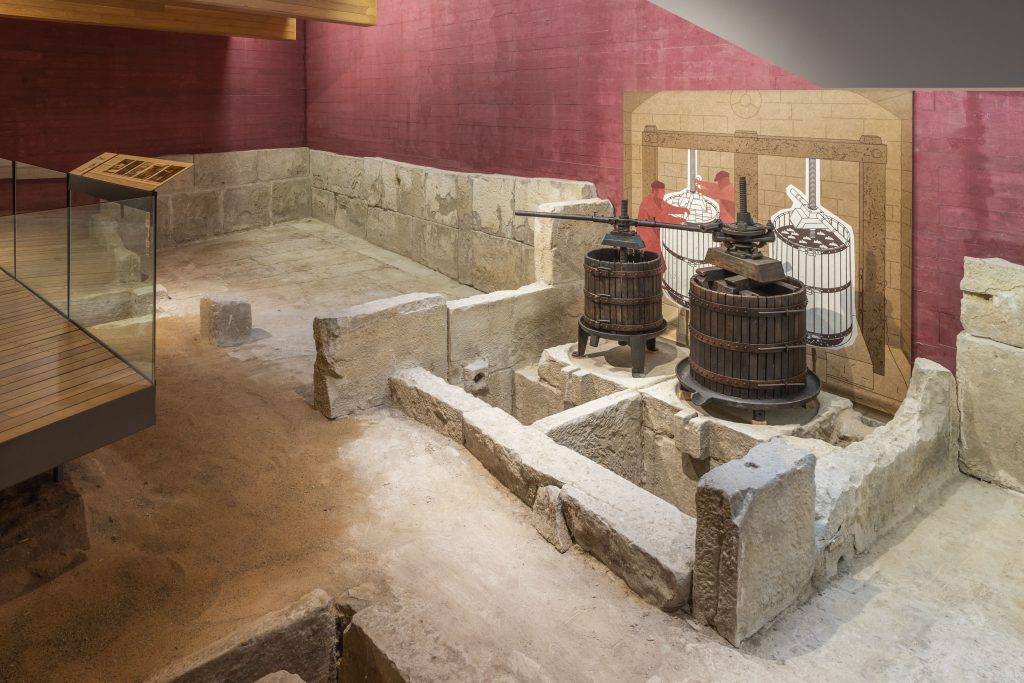The Revellín Cube and the Puerta del Camino (Way of St James Gateway), decorated with the arms of Carlos V and the city’s, are the only vestiges of the walls that fortified the city of Logroño and whose demolition began in 1861.
The Revellín Cube was built between the years 1522 and 1524 under the direction of Master Lope de Insturizaga It was financed through the exemption of certain taxes by Emperor Carlos V to the city of Logroño, thus rewarding the resistance offered by the citizens against the assault of the Franco-Varro army in 1521.
Its typology is that of an artillery cube, articulated around a triple platform formed by the combination of a parapet and two firing galleries with embrasures, the upper one without a permanent roof and the lower one under a flat vault, both destined to harass the assailants of the pit.
Its facilities were complemented by the adjacent Casa de la Artillería (Artillery House), the building where ammunition and military supplies of all kinds were stored.
El Cubo and its surroundings are without a doubt the best preserved sectors of the 16th century walls of Logroño. Due to its chronology and its characteristics, the Cube enters fully into what is called Transitional Fortification, that is, the phase that mediates between medieval architectural modes and modern constructions, already adapted to the scenarios of war with weapons, fire and heavy artillery.
Calle Once de Junio, 6. 26001 Logroño.
Free entrance.
Wednesday : 10:00 a 13:00 h.
Thursday and Friday: 10.00 a 13:00 h. / 17:00 a 20:00 h.
Saturday: 11:00 a 14:00 h. / 17:00 a 20:00 h.
Sunday : 11:00 a 14:00 h.
Information and reservations. La Rioja Tourism Office. 50 Calle Portales. Tel. +34 941 29 12 60
